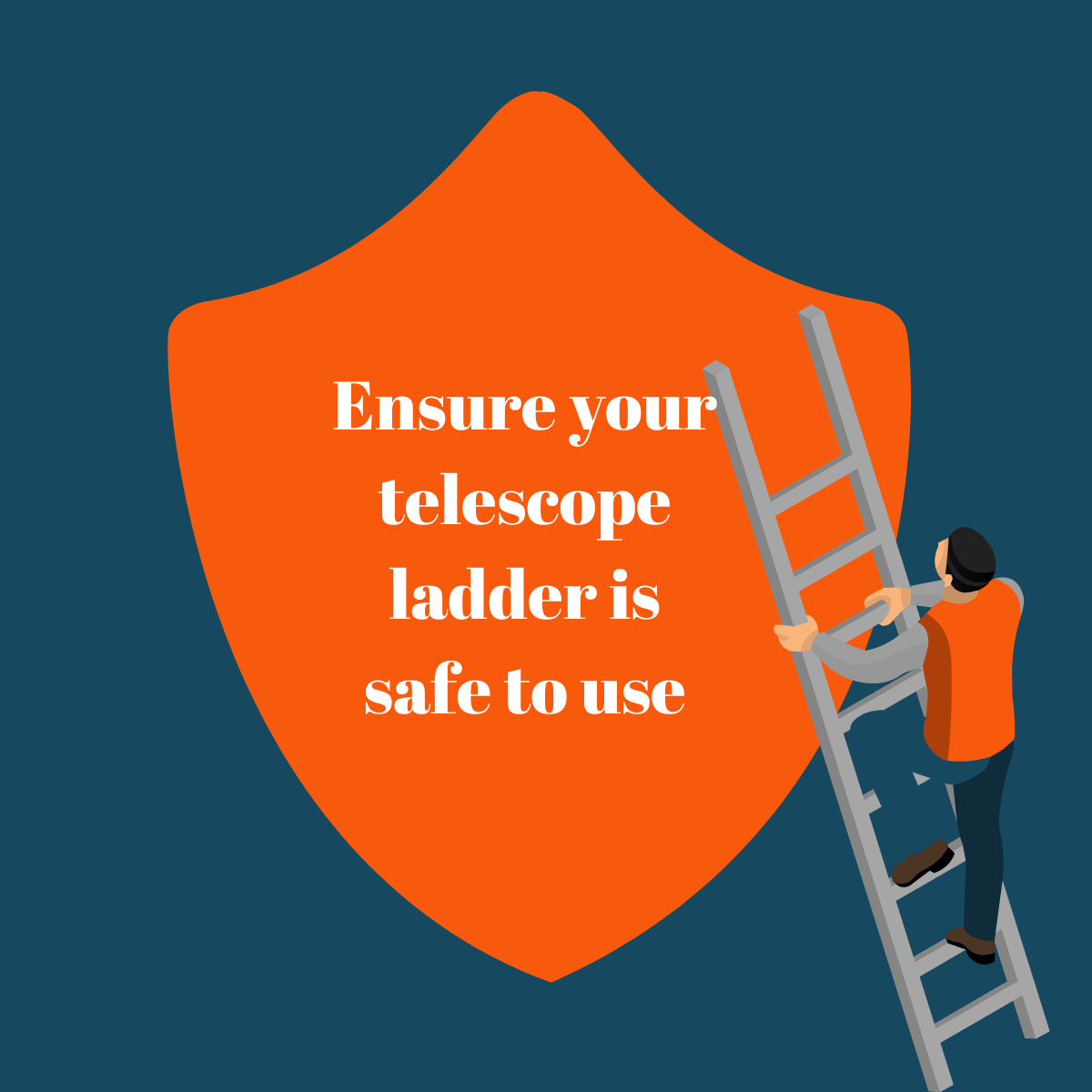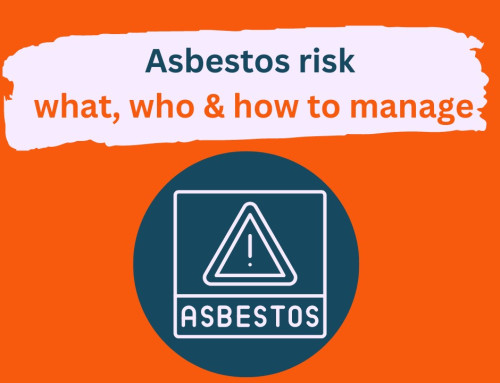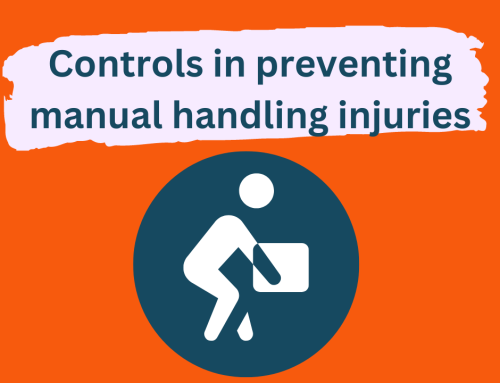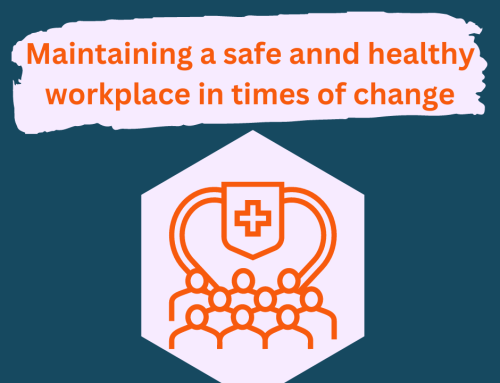This information is developed from NIG Risk Assist to encourage you the check the safety of your workplace tools and equipment.
Use this blog to help you and others in your organisation understand how to choose and maintain safer products for your workplace.
______________
It is not surprising that ladders account for about 40% of falls from height accidents reviewed by the Health & Safety Executive at workplaces in the UK each year given that there are an estimated two million ladders in daily use there.
While many of the contributing elements to such tragedies may be attributed to human error, a recent surveillance assessment carried out by the Ladder Association has revealed some information concerning the safety of many of those ladders in use.
Focussing on Telescopic ladders (and those that fall within the scope of product standard EN 131-6), the survey found that 82% of the ladders tested failed the required safety tests, were non-compliant and in most cases, were unsafe to use.
False Safety Standard Claims by Manufacturers
Some importers of ladders do take their obligations seriously; their goods adhere to product requirements. There were, however, a sizable proportion who did not. In those situations, the importer completely disregards the safety of the goods and the consumer, misrepresenting consumers and disobeying their legal obligations.
Consequently, the availability and use of subpar ladders on the UK market have been exposed as a serious problem by continuous research and independent safety testing.
A significant number of the ladders examined in recent testing by the UK-based test laboratory and certification authority, Test & Research Centre, did not meet the requirements of product standard EN 131-6. (known in the UK as BS EN 131 Part 6:2019). The bare minimal safety standards intended to protect users were not met by these ladders.
Some of the producers of these dangerous goods purposefully mislead buyers by saying their goods did adhere to the product standard.
What does the law say?
In the UK, there is no single legislation or regulation governing portable ladders like telescopic leaning ladders; rather, the sale and usage of these goods are governed by several authorities based on the use/type of job they are used for.
However, compliance with a British (BS) or European (EN) standard would provide a degree of product conformity and safety that was publicly available.
The General Product Safety Regulations of 20052 apply to portable ladder safety for customers (GPSR).
Producers (manufacturers) are obligated to only release products onto the market that meet the definition of a safe product, which is “a product which, under normal or reasonably foreseeable conditions of use, does not present any risk or only the minimum risks compatible with the product’s use, considered to be acceptable and consistent with a high level of protection for persons’ safety and health.”
When a product is imported into the UK, the importer assumes the manufacturer’s obligation to guarantee product safety. A product that has been created in accordance with a voluntary national standard (like EN 131-6) may be marketed to show that it complies with the general safety requirement.
Local authority Trading Standards are responsible for enforcing these laws.
Tips on choosing a standard-compliant product / How do I know a ladder is safe to use?
Only 17% of consumers say they think about product safety before making a purchase, according to recent research by the Office for Product Safety and Standards (OPSS) investigating consumer attitudes toward product safety. This is due to the fact that as buyers, we have faith in manufacturers and suppliers to deliver goods that are appropriate for the intended use and safe to use in accordance with those guidelines.
Unfortunately, this is not often the case, resulting in unwary consumers purchasing and utilising unsafe, non-compliant ladders.
The Ladder Association, a non-profit organisation, is committed to ensuring that all ladders sold, whether online or in physical stores, are safe to use and is committed to promoting safe ladders and stepladders at home and at work.
The Ladder Association has created a safety guide for users of telescopic ladders, an increasingly popular piece of equipment for working at heights, in order to guarantee that any work at height utilising ladders is undertaken as safely as possible.
This manual offers important safety advice on telescoping ladders, including suggestions for:
- Purchasing – how to ensure users purchase safe ladders that adhere to the EN 131 European product standard for ladders
- Utilizing – recommendations on best practises for using a telescoping ladder to perform high-level work
- How to properly maintain and store your telescoping ladder to keep it in good working order.
Download the Ladder Association safety guidance “Telescopic Ladders – buying, using, maintaining”
Useful Resources:
In H&S A-Z Guidance on the site:
In conjunction with their surveillance survey the Ladder Association have produced a YouTube video “An insight into ladder testing”.
______________
Talbot Jones Ltd is a family-run Chartered Insurance Broker specialising in Third Sector and Professional risks. Get in touch for free insurance advice, review or quotation.
Talbot Jones Ltd incorporates March Insurance Services, a Chartered Insurance Broker specialising in Agricultural and Hospitality Risks.





